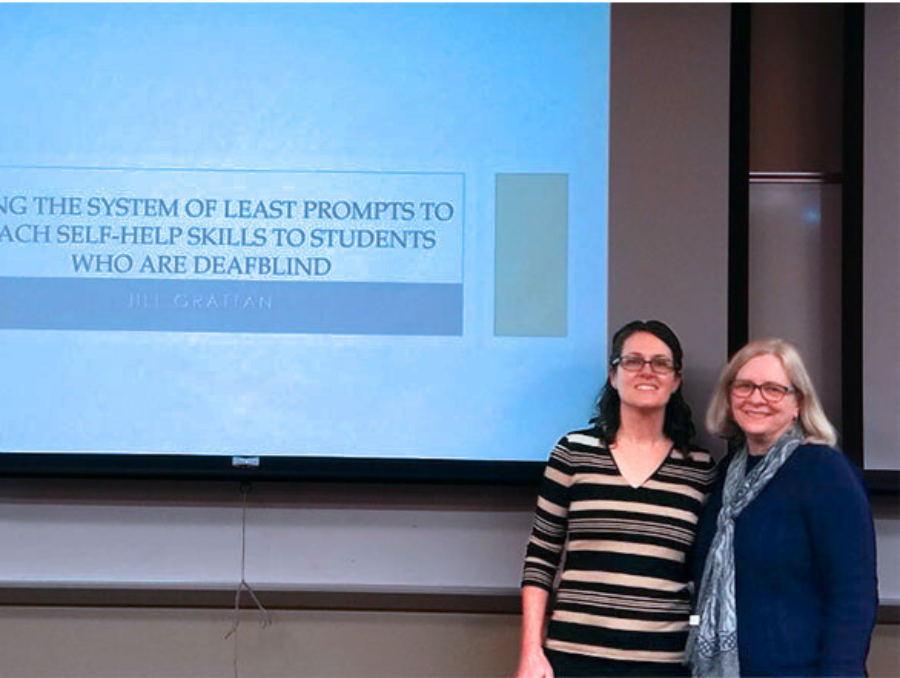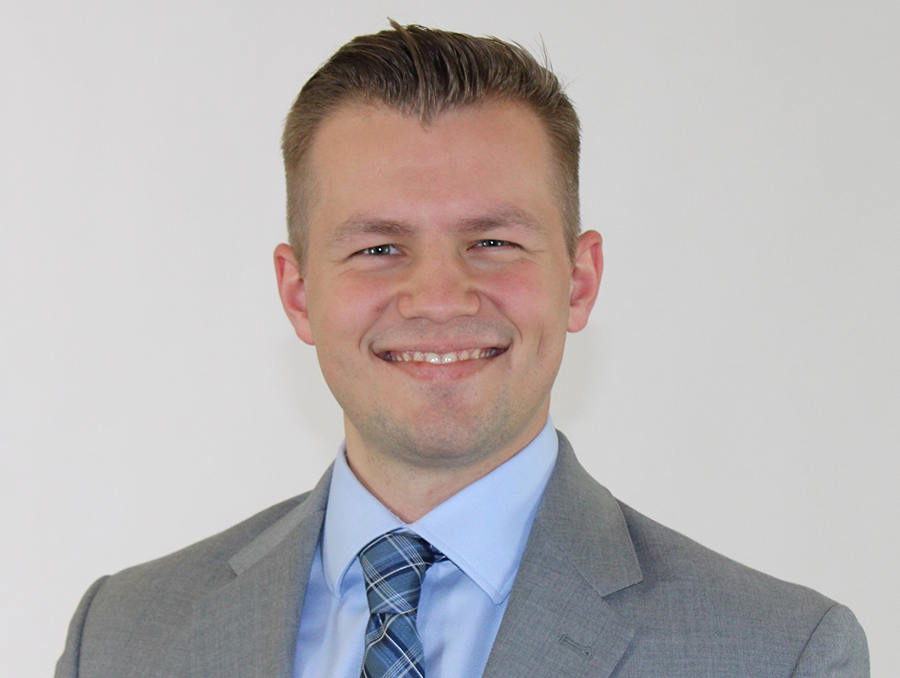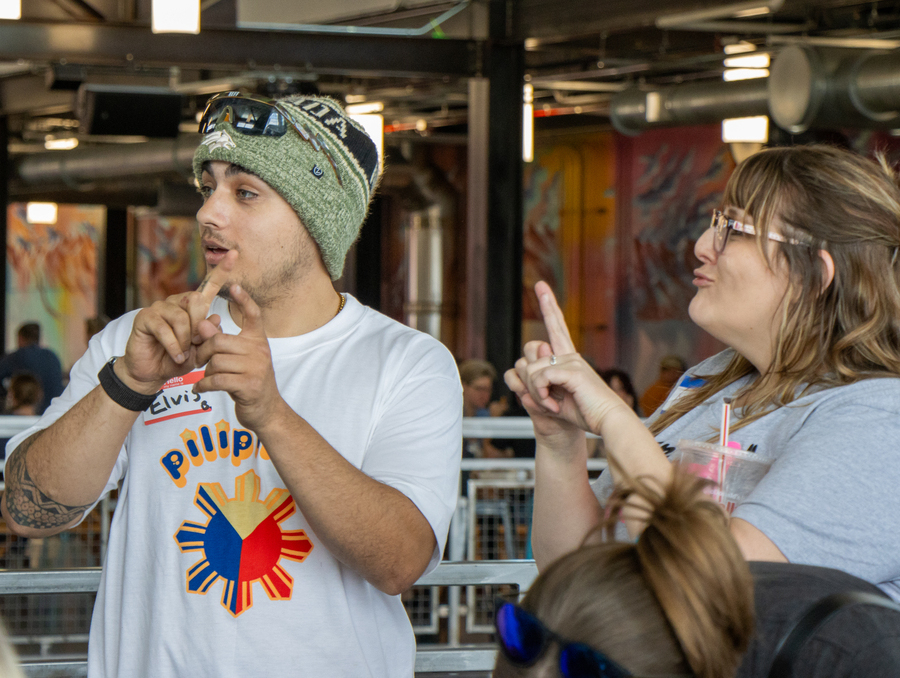It was an exciting, high-intensity experience and, yes, it was exhausting. Above all, the Biggest Little Makers team came away from their participation in Make48, a documentary-style competition show, with valuable career-lessons, great memories and an even stronger passion for creating.
Make48 showcases the role of makerspaces, innovation and prototyping in the entrepreneurial journey. For Season 3, the competition shifts to universities and colleges with 12 student teams including the Biggest Little Makers from the University of Nevada, Reno.
Season 3 of Make 48 airs on public-television stations and websites across the country as of fall 2019. It joins the broadcast line-up on western Nevada’s KNPB Channel 5 starting Sunday, Nov. 3, 2019. Episodes are also available for viewing online at pbs.org/show/make48-ktwu.
The University of Nevada, Reno Innevation Center—Powered By Switch – training base for the Biggest Little Makers team – hosts a “watch event” featuring a Season 3 episode on Tuesday, Nov. 5, 2019, 4-5 p.m.
Fast-paced challenge
In Make48, teams are presented a design category and then have 48 hours to plan, prototype and pitch a new, marketable product idea to meet that challenge. The teams work in a well-equipped makerspace and interact with a variety of experts including patent attorneys, machinists and tool experts, business mentors and marketers. The show concludes with one team’s product being selected for production and market distribution.
For Season 3, the design category was emergency preparedness, with an emphasis on natural disasters. While the Biggest Little Makers’ proposed product didn’t make the final selection, their work and product concept earned the praise and encouragement of the on-site mentors.
“It was a great experience, having to rapidly innovate and doing it in such a high-stakes environment,” said team member Daniel Smith, who graduated from the University in 2018 with a degree in computer science and engineering and joined the University of Nevada, Reno Innevation Center—Powered By Switch as the makerspace specialist in 2019.
For Smith, Make48 drove home an important lesson: “As you develop the product from the ground up, you need to not only design for who is going to buy the project, but for the investor and the decision-maker. They need to be convinced or the product doesn’t get to the market.”
Smith was one of four College of Engineering students selected to the team in 2018. All have since graduated. Carlos Bean earned a degree in mechanical engineering, John Kirkpatrick in computer science and engineering, and Natali Salas-España in mechanical engineering.
“The team worked extremely hard to prepare for Make48 knowing they were putting their creativity to the test as well as representing UNR as a whole,” said Crystal Harvey, the assistant director of the Innevation Center who mentored the team and accompanied them to Maryland for the competition. “I think they created a viable product that they were really proud of, and their hard work shows in the footage.”
Making at the University
A makerspace is a community-based place with tools and equipment to support the process of making things. Innovation and collaboration are encouraged, and makerspaces can be fundamental to successful innovation ecosystems, as is the case with the Innevation Center’s Makerspace in downtown Reno.
A growing number of makerspaces are connected to academic institutions and strengthening curriculum and learning. Tara Radniecki, head librarian in the DeLaMare Science and Engineering Library, describes them as the hotbed of active learning.
The DeLaMare’s makerspace was one of the first academic-library makerspaces in the country. Located on campus in the Mackay School of Mines building, the DeLaMare is part of a three-year pilot study exploring the connection between makerspaces and learning outcomes. Begun in 2017 and supported by the Institute of Museum and Library Services, the study is led by the University of Texas Arlington and also involves the University of Massachusetts.
Many faculty have linked the DeLaMare makerspace to classroom curriculum and learning outcomes, and this, said Radniecki, is often the first exposure for students to makerspaces.
“Students become active participants in makerspaces; it is engaged and experiential learning,” she said. “The study looks at how this facilitates learning. It’s not about developing skills like soldering. It’s about larger transdisciplinary skills and the impact of unique learning opportunities.”
There are other makerspaces on campus; in fact, Radniecki reports every college is creating some kind of space or providing tools that support innovation and creation. The new Arts Building, opened in February 2019, offers the Fabrication Lab, or Fab Lab, to facilitate hands-on production and learning with an emphasis on the connectivity between art and technology. Another example is the MakerSpace Room in the College of Education’s Learning and Resource Center offering students, faculty and area teachers a full complement of equipment for producing education materials.
“By their nature, makerspaces encourage inclusivity and diversity,” said Harvey, who joined the Innevation Center as makerspace manager and was named assistant director in 2018. “They bring together engineers, artists and scientists to work in a shared space. They bring together people who want to generate and introduce ideas into the world, regardless of discipline or gender or race or experience. You go in with your own ideas and projects, but there you meet people with different views and new ideas.”
A regional maker culture
Smith has always enjoyed creating and making things. As a University student he even joined with two others to form a company that helped other companies build prototypes. In his role as makerspace specialist at the Innevation Center, he recently attended the International Symposium on Academic Makerspaces and came away with an even greater appreciation for the energy that happens when makerspaces bring together students and entrepreneurs.
“I really want to have more student involvement; let them see what is being created in the Makerspace and what’s happening in the regional ecosystem,” he said.
“There’s been a maker culture in Reno for a very long time, but what we’re seeing is much stronger collaboration between the University’s makerspaces and others in our community,” said Radniecki. “Everybody in our community has access to more resources.”
Make48 itself prompted community collaboration. As the Biggest Little Makers prepared for the competition, the University’s College of Engineering and Research & Innovation joined with ClickBond and Innevation Center members Michael Ackermann and Ryan McMaster to sponsor the Biggest Little Makers.
The Innevation Center and its Makerspace are part of Research & Innovation at the University of Nevada, Reno. For more information visit unr.edu/innevation.
















